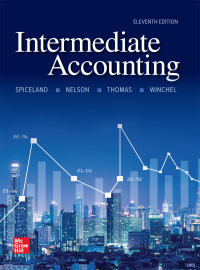As a second-year financial analyst for A.J. Straub Investments, you are performing an initial analysis on Reliant
Question:
As a second-year financial analyst for A.J. Straub Investments, you are performing an initial analysis on Reliant Pharmaceuticals. A difficulty you’ve encountered in making comparisons with its chief rival is that Reliant uses U.S. GAAP, and the competing company uses International Financial Reporting Standards. Some areas of concern are the following:
1. Reliant has been designated as a potentially responsible party by the United States Environmental Protection Agency with respect to certain waste sites. These claims are in various stages of administrative or judicial proceedings and include demands for recovery of past governmental costs and for future investigations or remedial actions. Reliant accrues costs associated with environmental matters when they become probable and reasonably estimable. Counsel has advised that the likelihood of payments of about $70 million is slightly more than 50%. Accordingly, payment is judged reasonably possible, and the contingency was disclosed in a note.
2. Reliant had $10 million of bonds issued in 1995 that mature in February 2025. On December 31, 2024, the company’s fiscal year-end, management intended to refinance the bonds on a long-term basis. On February 7, 2025, Reliant issued $10 million of 20-year bonds, applying the proceeds to repay the bond issue that matured that month. The bonds were reported in Reliant’s balance sheet as long-term debt.
3. Reliant reported in its 2024 financial statements a long-term contingency at its face amount rather than its present value even though the difference was considered material. The reason the cash flows were not discounted is that their timing is uncertain.
Required:
If Reliant used IFRS as does its competitor, how would the items described be reported differently?
Step by Step Answer:






